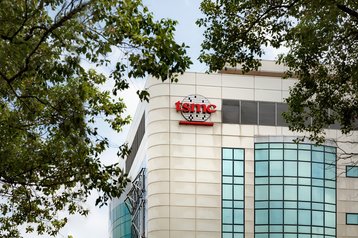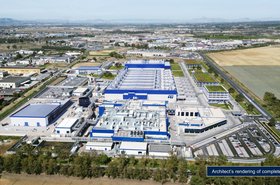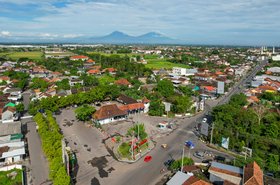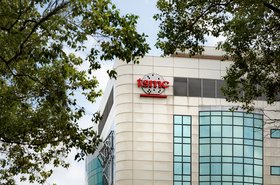TSMC has signed a memorandum of understanding with SK Hynix to collaborate on the production of next-generation HBM (high bandwidth memory) development and next-generation packaging technology.
Under the terms of the agreement, SK Hynix will adopt TSMC’s foundry processes to develop HBM4, the sixth generation of HBM, which is expected to go into production in 2026.
By adopting TSMC’s advanced logic processes for HBM4’s base die, SK Hynix hopes to be able to pack additional functionality onto the limited surface area, improving the performance and power efficiency of its memory chips.
The two companies have also agreed to improve the integration of SK Hynix’s HBM with TSMC’s CoWoS (Chip on Wafer on Substrate), a proprietary packaging process that connects GPU, a logic chip, and HBM, on a special substrate called an interposer.
"We expect a strong partnership with TSMC to help accelerate our efforts for open collaboration with our customers and develop the industry's best-performing HBM4," said Justin Kim, President and head of AI Infra, at SK Hynix. "With this cooperation in place, we will strengthen our market leadership as the total AI memory provider further by beefing up competitiveness in the space of the custom memory platform."
Kevin Zhang, senior vice president of TSMC's business development and overseas operations office, and deputy co-chief operating officer, added: "TSMC and SK Hynix have already established a strong partnership over the years. We've worked together in integrating the most advanced logic and state-of-the art HBM in providing the world's leading AI solutions.
"Looking ahead to the next-generation HBM4, we're confident that we will continue to work closely in delivering the best-integrated solutions to unlock new AI innovations for our common customers."
TSMC posts HPC segment growth in Q1 2024; provides earthquake update
News of the partnership came in the same week that TSMC posted its Q1 financial results for 2024.
In the first three months of the year, the company made $18.87 billion in revenue, a year-over-year revenue increase of 12.9 percent, but a quarter-over-quarter decrease of 3.8 percent.
Sales of the company’s N3 (3nm) wafers accounted for nine percent of the foundry's revenue in Q1, while N5 (5nm) and N7 (7nm) made up 37 percent and 19 percent, respectively.
TSMC shipped 3.03 million wafers in Q1, up from 2.96 million in Q4 2023.
In total, TSMC’s advanced technology nodes, defined as 7nm and below, accounted for 65 percent of the company’s overall revenue, a two percent decline from Q4 2024. However, revenue contribution from the company’s HPC (high-performance computing) segment saw a three percent quarter-over-quarter increase, accounting for 46 percent of Q1 revenue.
"We expect several AI processors to be the strongest driver of our HPC platform growth and the largest contributor in terms of our overall incremental revenue growth in the next several years," said C.C. Wei, chief executive of TSMC, on an analyst call after the results had been published.
“TSMC's mission is to be the trusted technology and capacity provider of the global IC [integrated circuits] for years to come,” he added.
The company also provided an update following the 7.2 magnitude earthquake in Taiwan on April 3.
TSMC said its estimated losses would be approximately $92.5 million, after deducting insurance claims. While the company says there were no power outages or structural damage to its fabs or critical tools, including its EUV lithography machines, some wafers in production were damaged and had to be scrapped, along with some materials.







